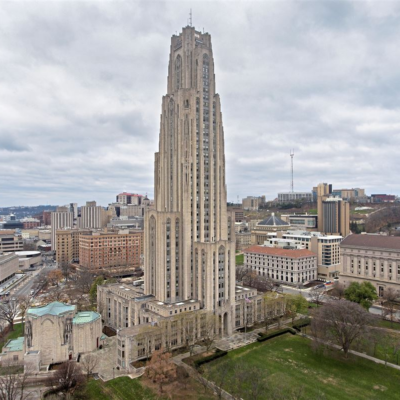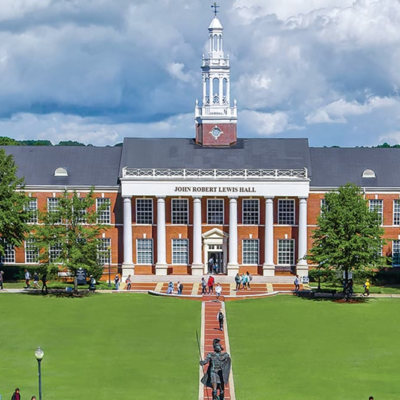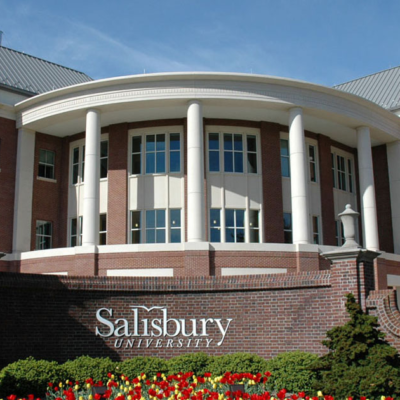The Urgent Crisis of Endangered Wildlife in the USA
The United States is home to a rich variety of wildlife, but many species are facing the threat of extinction due to habitat loss, climate change, poaching, and human activities. According to the U.S. Fish and Wildlife Service (USFWS), over 1,600 species are currently listed under the Endangered Species Act (ESA). Protecting these animals is crucial to maintaining biodiversity and ecological balance.
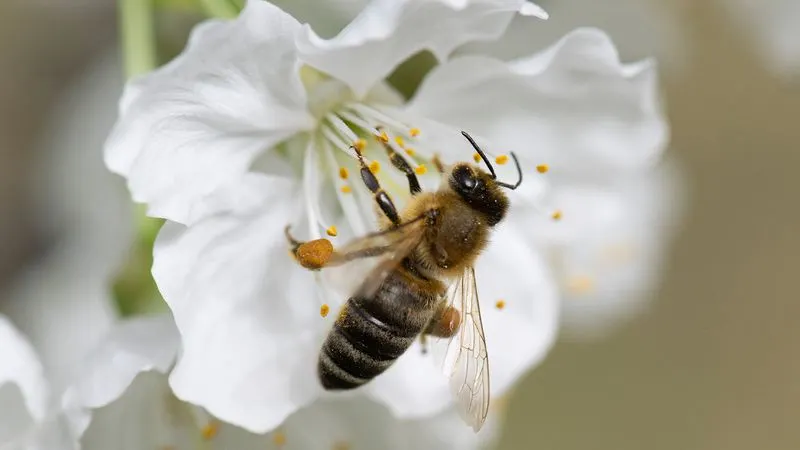
Why Are Species Becoming Endangered?
Several key factors contribute to the decline of wildlife populations:
- Habitat Destruction: Urbanization, deforestation, and agriculture reduce natural habitats.
- Climate Change: Rising temperatures, wildfires, and changing ecosystems disrupt food sources and migration patterns.
- Illegal Poaching and Hunting: Overhunting and wildlife trade threaten species like the American alligator and gray wolf.
- Pollution: Water contamination, plastic waste, and air pollution harm both land and marine life.
- Invasive Species: Non-native species can outcompete or prey on native wildlife, leading to population declines.
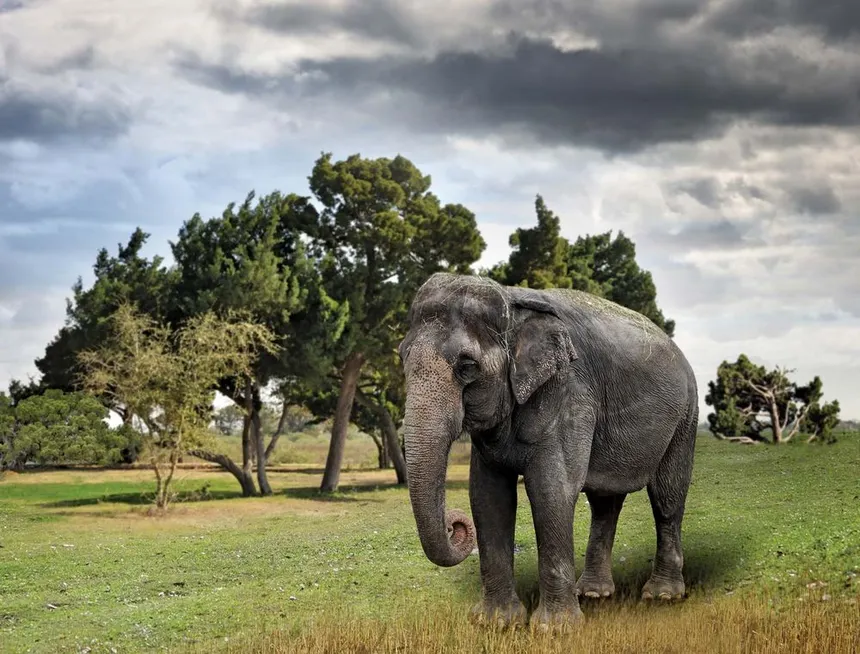
10 Endangered Species in the USA
Here are ten species currently at risk, along with efforts to protect them:
1. Red Wolf (Canis rufus)
- Once native to the southeastern US, fewer than 20 red wolves remain in the wild.
- Conservation programs focus on breeding and reintroduction efforts in North Carolina.
2. Florida Panther (Puma concolor coryi)
- With fewer than 200 individuals left, habitat loss remains their biggest threat.
- Conservationists work on protecting natural corridors and reducing vehicle collisions.
3. California Condor (Gymnogyps californianus)
- Once nearly extinct, captive breeding programs have helped increase their numbers.
- Lead poisoning from bullets is still a major threat, leading to bans on lead-based ammunition.
4. Monarch Butterfly (Danaus plexippus)
- Declining due to habitat destruction and pesticide use.
- Conservationists encourage planting milkweed, the butterfly’s primary food source.
5. Hawksbill Sea Turtle (Eretmochelys imbricata)
- Overharvesting for shells and climate change threaten these turtles.
- Protected nesting sites and stricter laws aim to increase their populations.
6. Black-Footed Ferret (Mustela nigripes)
- Once thought extinct, conservationists have reintroduced them into the wild.
- Disease and habitat destruction continue to threaten this species.
7. Gray Wolf (Canis lupus)
- Controversial due to conflicts with livestock, but vital to ecosystems.
- Conservation efforts focus on wolf recovery programs and protected habitats.
8. Atlantic Bluefin Tuna (Thunnus thynnus)
- Overfishing has drastically reduced their numbers.
- Sustainable fishing practices and quotas are being implemented to help the population recover.
9. Whooping Crane (Grus americana)
- The tallest bird in North America, with only about 800 left in the wild and captivity.
- Protection of migration paths and breeding programs are helping this species rebound.
10. American Burying Beetle (Nicrophorus americanus)
- A key decomposer species, suffering from habitat loss and pesticides.
- Reintroduction projects are underway in several states.
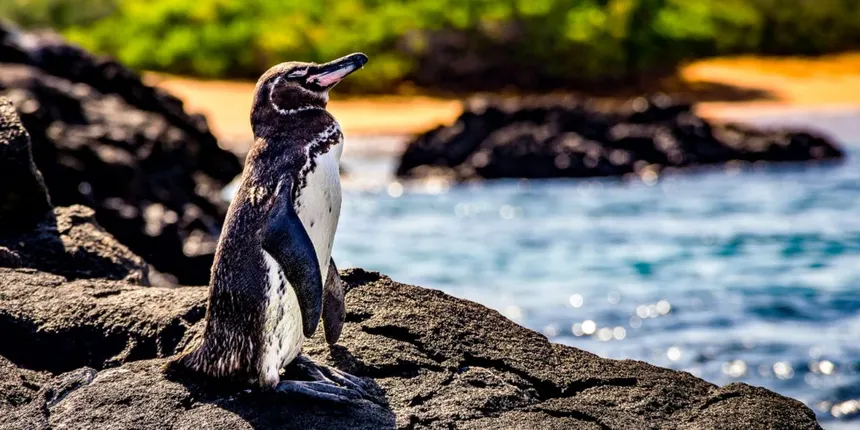
How Can You Help Protect Endangered Species?
There are many ways you can contribute to conservation efforts:
1. Support Conservation Organizations
- Donate to or volunteer with groups like the World Wildlife Fund (WWF), National Wildlife Federation (NWF), and Defenders of Wildlife.
- These organizations work to protect species through research, advocacy, and habitat conservation.
2. Reduce Your Carbon Footprint
- Use public transportation, walk, or bike instead of driving.
- Support clean energy and reduce single-use plastics.
3. Protect Natural Habitats
- Participate in local clean-up efforts and tree-planting initiatives.
- Avoid purchasing products that contribute to deforestation, like unsustainable palm oil.
4. Make Wildlife-Friendly Choices
- Avoid purchasing souvenirs made from endangered species (e.g., ivory, tortoiseshell).
- Buy sustainable seafood and look for eco-friendly certifications.
5. Advocate for Stronger Wildlife Protections
- Support policies and laws that protect endangered species and their habitats.
- Contact local representatives to push for conservation-friendly legislation.
6. Educate Others
- Share information about endangered species and conservation efforts on social media.
- Encourage schools and communities to promote wildlife education programs.
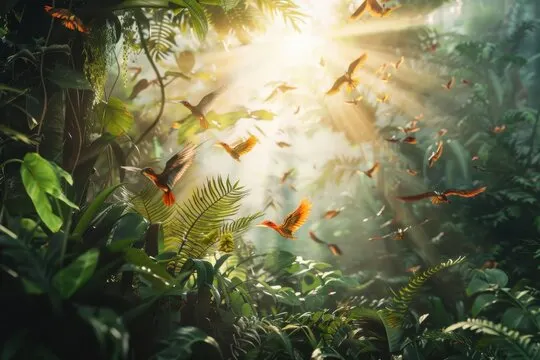
Conclusion: A Collective Responsibility
Saving endangered species is not just the responsibility of conservationists—it requires the effort of individuals, communities, and governments. By making informed choices and supporting conservation efforts, we can help protect the rich biodiversity of the USA and ensure that future generations inherit a world teeming with wildlife.
10 Game-Changing Wildlife Conservation Groups Protecting America’s Wildlands


